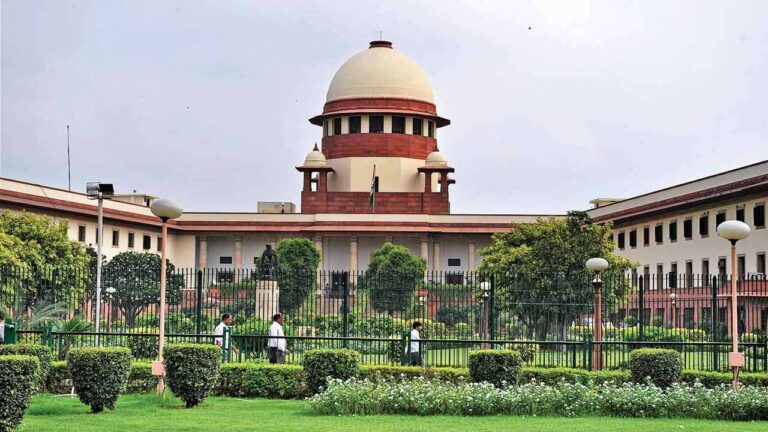
The Supreme Court recently dismissed a Public Interest Litigation (PIL) challenging the constitutionality of the Tax Deducted at Source (TDS) system. Filed by advocate Ashwini Kumar Upadhyay, the petition argued that TDS imposes excessive burdens on taxpayers and violates constitutional principles. Here’s a simplified overview of the case(Ashwini Kumar Upadhyay v. Union of India and ors):
What Was the Petition About?
The petitioner, Ashwini Kumar Upadhyay, sought to have the TDS system declared arbitrary, irrational, and unconstitutional. He raised concerns about the challenges faced by individuals and businesses due to the administrative and financial obligations of TDS. According to him:
- TDS is too technical, often requiring expert legal and financial assistance.
- Many taxpayers, especially those who are illiterate or economically weak, face unnecessary hardship navigating the system.
- The system shifts the government’s tax collection responsibility to private citizens without compensation or proper safeguards.
How Does TDS Work?
TDS ensures tax is collected at the source of income. For example, if a company pays salaries, rents, or commissions that cross a certain threshold, it deducts tax (TDS) before making the payment. This amount is then deposited with the government.
Later, taxpayers can claim refunds for excess TDS after filing their income tax returns.
The petitioner argued that this process disproportionately burdens taxpayers, especially those without the resources or expertise to handle such compliance.
Petitioner’s Main Arguments
- Unjust Burden: The government transfers its tax collection responsibility to taxpayers without offering any compensation.
- Discrimination: Illiterate and economically weaker sections are disproportionately affected, which violates the right to equality.
- Lack of Legislative Sanction: He claimed that TDS functions as an indirect tax burden that lacks explicit legislative approval.
- Forced Labour: The petitioner equated the compliance burden of TDS with forced labour, which is unconstitutional.
- Refund Issues: Many taxpayers, particularly from rural or weaker economic sections, fail to claim their rightful refunds, leading to undue gains for the government.
Proposed Alternatives
The Petitioner suggested the following measures to improve tax compliance without the TDS system:
- Strengthen the Annual Information Return (AIR) system to track taxable payments effectively.
- Replace the quarterly TDS schedule with a monthly advance tax system to reduce compliance burdens.
- Use technology and data analytics to enhance direct tax recovery mechanisms and monitor compliance.
Supreme Court’s Decision
The Bench, led by Chief Justice of India Sanjiv Khanna and Justice Sanjay Kumar, refused to entertain the PIL. CJI Khanna remarked that the petition was poorly drafted and advised the petitioner to approach the High Court instead.
“Sorry, we will not entertain. Some judgments have upheld it. Dismissed,” the CJI said.
Why Does the TDS System Exist?
The government introduced TDS to curb tax evasion and ensure a steady inflow of revenue. While the petitioner acknowledged its benefits, he argued that the system could be replaced with less burdensome methods that still maintain tax compliance.
Conclusion
The Supreme Court’s dismissal of the PIL leaves the TDS system intact. While the petitioner highlighted genuine concerns about the burden of compliance, the Court suggested that he pursue the matter in the High Court for further deliberation.
The debate around TDS reflects the larger challenge of balancing government revenue collection with taxpayer convenience, especially for vulnerable sections of society.



Add comment